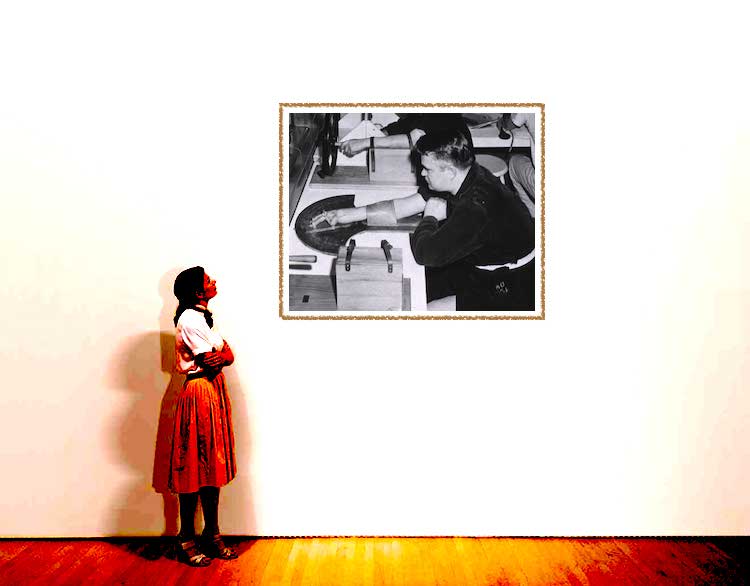The International Physiotherapy History Association has been running for more than a year now, and we have had an executive committee in place since October, so we are nearly a year old as a formal organisation.
We have a wonderful new website (now available in more than 20 languages) which we now populate weekly with blog posts, images, notices and links to resources, and we have a growing community of members who are exploring some really interesting and innovative ways to think about the history of the profession.
In the coming months, we will be preparing a special issue of Physiotherapy Theory & Practice, and we have an upcoming book from the Critical Physiotherapy Network which may well include a section on critical history – the first ever to be written.
So these are vibrant times for our new Association.
Having been present as an informal collective at previous WCPT congresses, but we are hoping to have a much stronger presence next year in Geneva. We have applied for a Networking Session and want to focus on two aspects of our work that we think make our association distinctive. These are pictures and stories.
People love images from the history of the profession. For some people, these are interesting reminders of how far the profession has come. For others, they are important pointers to the constancy of certain aspects of our practice. For others still, they are the source of data for critical research. At WCPT 2019, we want to highlight some of these historical images of physiotherapy from all corners of the world, and use the networking session to talk about what these images tell us and how they relate to practice today and tomorrow.
We also want to celebrate stories. Most of the physiotherapy history projects that have been undertaken in recent years have included stories from practitioners of old and, like the images, they have been the source of much interest for present-day practitioners. We want to gather and use some of the stories at the Congress next year and celebrate some of the achievements of physiotherapists past and present.
The IPHA is a rapidly growing organisation for anyone interested in the history of physiotherapy. If you have images and stories about the profession that you would like to share, then please don’t hesitate to get in touch.

